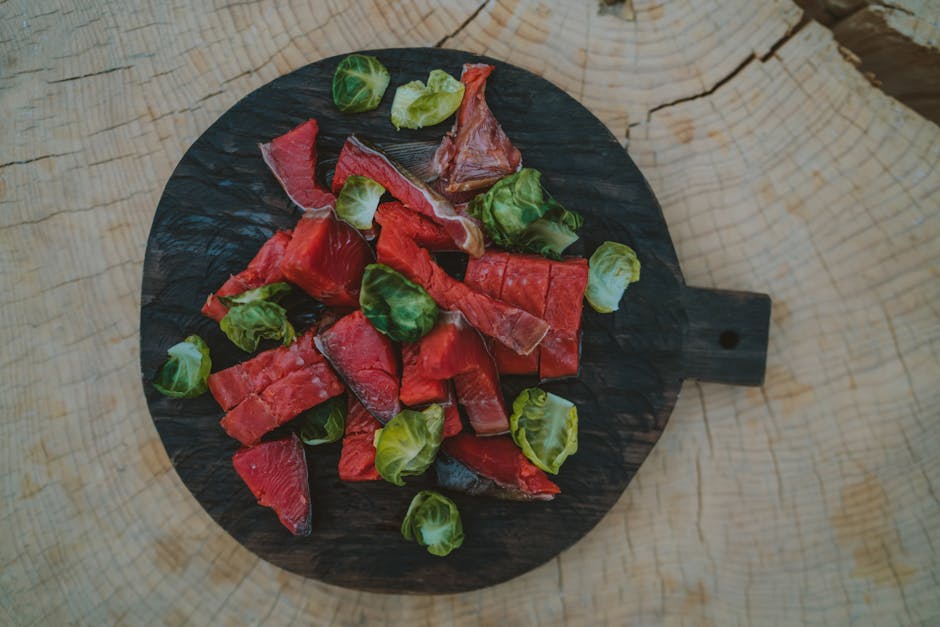If you are a dog owner, you likely want the best for your canine companion. This often means making thoughtful decisions about your dog’s diet and nutrition. Amongst the available dog food options, raw and freeze-dried diets are increasing in popularity. Both have their own benefits and drawbacks, and it can be difficult to know which one is the best for your dog. In this article, we will compare and contrast freeze-dried versus raw food and help you decide which is the best fit for your furry friend.
What Is Freeze-Dried Dog Food?
Freeze-dried dog food follows a similar process to creating raw food, with one major difference. Raw food is frozen at extremely low temperatures, whereas freeze-dried food is frozen and then dehydrated by using a powerful vacuum.
When it comes to the completeness and nutrient content of the diet, freeze-dried food is on-par with raw food. Having been minimally heat-treated, the nutrients are natural and undisturbed, preserving the quality of the proteins and vitamins. In addition, due to the dehydration process, freeze-dried foods are more shelf-stable and suitable for long-term storage.
What Is Raw Dog Food?
Raw dog food is typically a meat-based diet which is free from any artificial preservatives, sugars or flavors. It’s processed to keep the natural nutrient content as high as possible. It typically contains a good balance of carbohydrates and fiber. The proteins and vitamins present have been minimally altered through the processing of the meat.
Raw food is recommended for dogs that have health-related issues. While it is suitable for all breeds, it is particularly beneficial for dogs that are overweight, or suffer from grain or soy allergies.
Freeze-Dried Vs. Raw: Benefits and Drawbacks
The big differentiating factor between freeze-dried and raw food is the cooking process. Freeze-dried food is heated and then dehydrated using a vacuum, whereas raw food skips the heating altogether. This makes freeze-dried food less perishable and shelf-stable compared to raw food.
In addition, due to the dehydration process, freeze-dried food can be stored for up to a year without losing any of its essential nutrients. Raw food must be consumed relatively quickly, as bacteria can thrive if it is not properly stored. This means the purchase of raw food often requires more frequent trips to the store.
Raw food is often less expensive than freeze-dried food, making it a great choice for owners on a budget. In addition, many owners feel that raw food has a more natural and appealing flavor for their dogs.
Which Is The Best For My Dog?
Choosing freeze-dried versus raw food for your dog comes down to your personal preferences, as well as what is in the best interest of your dog’s health.
If you frequently travel with your dog and require a more convenient and long-lasting food option, then freeze-dried is likely the better choice. If your dog has allergies and requires a stricter diet, then freezing-dried food may be the better option.
On the flip side, if you are on a budget and have concerns about the cooking process of freeze-dried food, then raw food is likely the better option. In addition, many owners feel that raw food does not spoil as quickly and is easier to store.
Conclusion
Both freeze-dried and raw dog food are good options, and it ultimately comes down to your own unique needs and the requirements of your dog. Take your dog’s health, your budget, and convenience into account when making a decision. And of course, be sure to consult your vet if you have any questions or concerns about your dog’s diet and nutrition.
